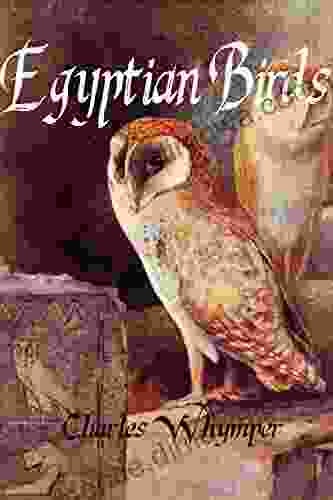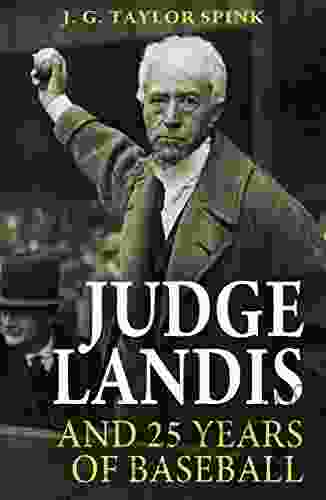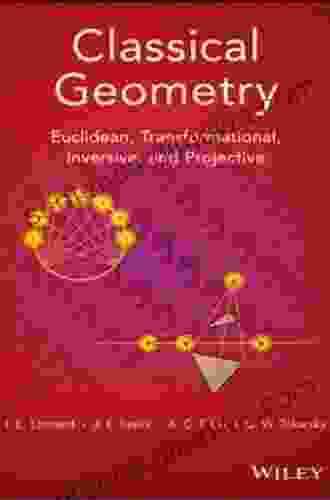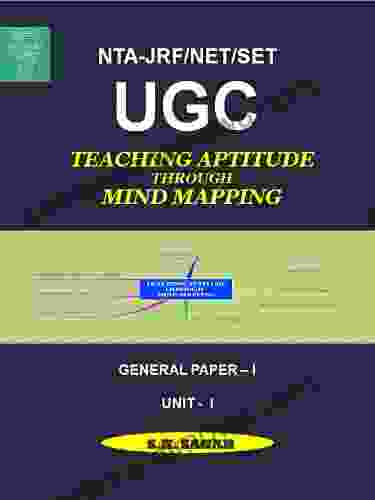Classical Geometry: Euclidean, Transformational, Inversive, and Projective

Classical geometry has its origins in ancient Greece and Egypt, where it was developed as a means of solving practical problems in land measurement, architecture, and astronomy. Over the centuries, geometry has evolved into a vast and complex subject with applications in a wide range of fields, including mathematics, physics, engineering, and computer science.
This article provides a brief overview of the four main branches of classical geometry:
4.6 out of 5
| Language | : | English |
| File size | : | 20061 KB |
| Text-to-Speech | : | Enabled |
| Screen Reader | : | Supported |
| Enhanced typesetting | : | Enabled |
| Word Wise | : | Enabled |
| Print length | : | 495 pages |
* Euclidean geometry * Transformational geometry * Inversive geometry * Projective geometry
Each branch of geometry has its own unique set of axioms and theorems, and they can be used to solve different types of problems.
Euclidean Geometry
Euclidean geometry is the most familiar type of geometry. It is based on the axioms of Euclid, which were first set forth in his Elements around 300 BC. Euclidean geometry is concerned with the properties of figures in two- and three-dimensional space. The basic figures of Euclidean geometry are points, lines, planes, and circles.
Euclidean geometry has many applications in everyday life. For example, it is used in architecture to design buildings, in engineering to design bridges and other structures, and in surveying to measure land.
Transformational Geometry
Transformational geometry is concerned with the study of transformations, which are mappings from one set of points to another set of points. The most common types of transformations are translations, rotations, reflections, and dilations.
Transformational geometry has many applications in computer graphics, animation, and robotics. For example, it is used to create realistic animations of moving objects, and to design robots that can move and interact with their environment.
Inversive Geometry
Inversive geometry is concerned with the study of inversions, which are mappings from one set of points to another set of points that preserve angles. The most common type of inversion is the inversion in a circle.
Inversive geometry has many applications in optics, crystallography, and computer vision. For example, it is used to design lenses and mirrors, to study the structure of crystals, and to develop algorithms for image processing.
Projective Geometry
Projective geometry is concerned with the study of projective transformations, which are mappings from one set of points to another set of points that preserve straight lines. The most common type of projective transformation is the perspective projection.
Projective geometry has many applications in computer graphics, architecture, and engineering. For example, it is used to create realistic drawings and renderings, to design buildings and bridges, and to study the flow of fluids.
Classical geometry is a vast and complex subject with a wide range of applications. The four main branches of classical geometry are Euclidean geometry, transformational geometry, inversive geometry, and projective geometry. Each branch of geometry has its own unique set of axioms and theorems, and they can be used to solve different types of problems.
This article has provided a brief overview of the four main branches of classical geometry. For more information, please consult the references below.
References
* Coxeter, H. S. M. (1969). to geometry. New York: John Wiley & Sons. * Euclid. (1956). The elements. Translated by T. L. Heath. New York: Dover Publications. * Hilbert, D. (1902). Grundlagen der geometrie. Leipzig: B. G. Teubner. * Kline, M. (1972). Mathematical thought from ancient to modern times. New York: Oxford University Press.
4.6 out of 5
| Language | : | English |
| File size | : | 20061 KB |
| Text-to-Speech | : | Enabled |
| Screen Reader | : | Supported |
| Enhanced typesetting | : | Enabled |
| Word Wise | : | Enabled |
| Print length | : | 495 pages |
Do you want to contribute by writing guest posts on this blog?
Please contact us and send us a resume of previous articles that you have written.
 Book
Book Novel
Novel Page
Page Chapter
Chapter Text
Text Story
Story Genre
Genre Reader
Reader Library
Library Paperback
Paperback E-book
E-book Magazine
Magazine Newspaper
Newspaper Paragraph
Paragraph Sentence
Sentence Bookmark
Bookmark Shelf
Shelf Glossary
Glossary Bibliography
Bibliography Foreword
Foreword Preface
Preface Synopsis
Synopsis Annotation
Annotation Footnote
Footnote Manuscript
Manuscript Scroll
Scroll Codex
Codex Tome
Tome Bestseller
Bestseller Classics
Classics Library card
Library card Narrative
Narrative Biography
Biography Autobiography
Autobiography Memoir
Memoir Reference
Reference Encyclopedia
Encyclopedia J Arthur Moore
J Arthur Moore Ivinela Samuilova
Ivinela Samuilova Inga Aksamit
Inga Aksamit Magaline Harvey
Magaline Harvey Hermann Dugas
Hermann Dugas Mary L Boas
Mary L Boas Hiroyuki Aizawa
Hiroyuki Aizawa Wallie Walker Hammond
Wallie Walker Hammond Illana Raia
Illana Raia Ilene Cooper
Ilene Cooper Paddy Eger
Paddy Eger Robert Marks
Robert Marks Ivan Berg
Ivan Berg Joel Schwartz
Joel Schwartz I S Grant
I S Grant Tim Palmer
Tim Palmer S K Sagar
S K Sagar Ibi Kaslik
Ibi Kaslik Jennifer Traig
Jennifer Traig Sylvia Hatchell
Sylvia Hatchell
Light bulbAdvertise smarter! Our strategic ad space ensures maximum exposure. Reserve your spot today!

 Elias MitchellEgyptian Birds: A Comprehensive Guide to the Ornithological Splendor of the...
Elias MitchellEgyptian Birds: A Comprehensive Guide to the Ornithological Splendor of the...
 Elliott CarterMaster Time Management: Essential Skills for Tackling Time Wasters, Clearing...
Elliott CarterMaster Time Management: Essential Skills for Tackling Time Wasters, Clearing... Lawrence BellFollow ·19.2k
Lawrence BellFollow ·19.2k Yasushi InoueFollow ·11.8k
Yasushi InoueFollow ·11.8k Craig BlairFollow ·2k
Craig BlairFollow ·2k David Foster WallaceFollow ·11.9k
David Foster WallaceFollow ·11.9k Dion ReedFollow ·5.5k
Dion ReedFollow ·5.5k Ralph TurnerFollow ·17.3k
Ralph TurnerFollow ·17.3k Leo TolstoyFollow ·2.7k
Leo TolstoyFollow ·2.7k Bryan GrayFollow ·14.2k
Bryan GrayFollow ·14.2k

 Ike Bell
Ike BellShakespeare and the Imprints of Performance: A Journey...
Unveiling the Dynamic Legacy of...

 Wade Cox
Wade CoxEducational Entrepreneurship Today: The Key to...
What is Educational Entrepreneurship? ...

 Jason Reed
Jason ReedLearn the Parts of the Violin: A Comprehensive Guide for...
The violin is a beautiful and...

 Will Ward
Will WardJudge Landis and 25 Years of Baseball: An Unparalleled...
Buckle up for an extraordinary journey through...
4.6 out of 5
| Language | : | English |
| File size | : | 20061 KB |
| Text-to-Speech | : | Enabled |
| Screen Reader | : | Supported |
| Enhanced typesetting | : | Enabled |
| Word Wise | : | Enabled |
| Print length | : | 495 pages |












